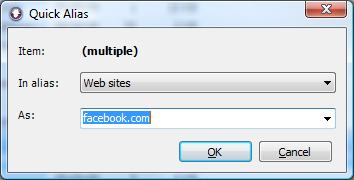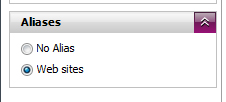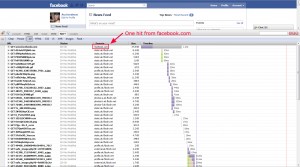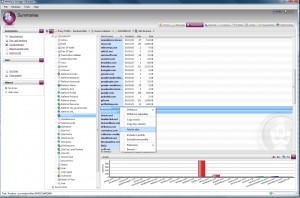Today I thought I’d cover some interesting hit information and explain how you can get more out of your data by ensuring your hits are accurately reported on.
As the term ‘hit’ can sometimes be confusing, let’s start off by properly define hits.
What is a hit?
WebSpy classifies a hit as an individual file or item that has passed through your logging device and been recorded in a log file.
The actual content and size of a hit can vary widely. A hit may consist of a small picture or text file, a large zip file or executable, or any other individual file. A hit can be a file downloaded from an Internet site, an email that’s been sent or received, a file downloaded from an FTP site and so on.
When dealing with web log files, one web page can be made up of many hits – the main page, the pictures on the page, the files on the page and so on. In some situations, a user cannot control the content of the hits they access, such as in the case of advertising pop-up messages.
How many hits on one page?
Here’s just an example of number of hits when browsing to some of the more popular sites out there:
- facebook.com – 75 hits
- apple.com/iphone – 69 hits
- youtube.com – 29 hits
- google.com – 4 hits
- yahoo.com – 40 hits
- twitter.com – 67 hits
These hit counts are just from one user (me) visiting a few sites. Imagine the amount of hits/data you’ll get for an organization with 100, 1,000 or 10,000 users!
Also interesting is the fact that out of those hits, only a small proportion actually displays in your log files as a hit to facebook.com or youtube.com. I logged into my Facebook account and at the same time ran a Firefox add-on called Firebug. Firebug allows you to see all the resources on a specific page and how long they took to download. As you can see below only one of the hits are attributed to facebook.com. The rest are from fbcdn.net. The same test on a YouTube page also yielded one out of 29 hits attributed to youtube.com. The rest was from ytimg.com, doubleclick.net, googlesyndication.com and gstatic.com.
Using Aliases to merge your hits
fbcdn.net and ytimg.com are Facebook’s and YouTube’s CDNs (Content Delivery Network). Basically a network of servers hosting images and resources, spread out across the globe, to enable local delivery and thus improve performance. Unfortunately it doesn’t improve the accuracy of your reports, but there’s an easy way to fix this using Vantage. Simply merge the hits from the main domain (facebook.com, youtube.com, or any other site) and their CDNs by creating an Alias in Vantage’s Summaries screen.
To do this simply:
- Click on the ‘Summaries” tab in Vantage
- Click ‘Site Domain’ to get a listing of sites
- Ctrl + click the sites you want to add to the Alias (in this case facebook.com and fbcdn.net), right click and click ‘Add to Alias”
- Pick the Alias called ‘Web sites’ and name it something intuitive…why not facebook.com

- Now enable the ‘Web site’ Alias on the left hand side

- You’re good to go, from now on all your Facebook traffic will be reported on more accurately by merging actual facebook.com hit with hits on Facebook’s CDN (fbcdn.net).
If you want to find out more about using Aliases you can read about it in our User Guide (starting at page 46).



Leave A Comment